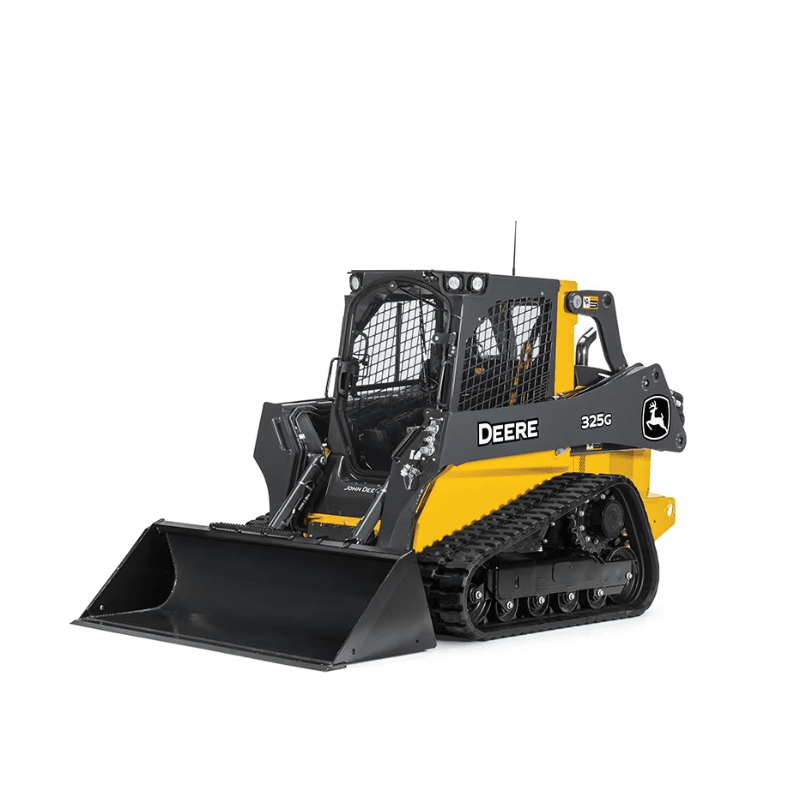Mini Excavator Rental: Compact Machines for Strict Spaces
Optimize Your Spending Plan by Comprehending the Expenses Connected With Building And Construction Tools Services
Comprehending the complete range of costs connected with construction tools leasings is critical for optimizing your budget plan. While the initial rental cost may appear uncomplicated, many additional expenditures-- such as transportation, gas additional charges, and upkeep-- can swiftly build up, influencing your monetary preparation. Furthermore, understanding different fees and the intricacies of rental arrangements can assist avoid unforeseen economic problems. What methods can be used to efficiently take care of these costs and ensure an extra efficient rental experience?
Review of Rental Expenses
When considering building devices leasings, comprehending the associated expenses is critical for reliable budgeting and job planning. Rental prices can vary dramatically based on a number of elements, consisting of equipment kind, duration of leasing, and place. The initial rental cost frequently mirrors the equipment's market need and its linked operational capacities, influencing the total expense.
In enhancement to the base rental rate, ancillary expenses might occur, such as transport costs, fuel surcharges, and upkeep charges. It is necessary to make up these additional costs to precisely analyze the total expense of renting out equipment. Additionally, the rental period can influence rates; longer rentals may receive affordable rates, while temporary services could incur greater everyday charges.

Failure of Rental Prices
A thorough understanding of rental prices is crucial for service providers and job supervisors intending to optimize their budgets. Rental rates for construction devices commonly consist of several parts, consisting of base prices, time-based fees, and usage fees.
Base prices are the core costs related to the rental of the equipment, often established by the kind and size of the machinery. These rates can differ significantly, affected by variables such as devices demand, accessibility, and regional market trends. Time-based costs, which might be daily, weekly, or monthly, serve to suit different project timelines and rental periods.
Furthermore, rental rates might include use charges, which are suitable when devices is utilized past a specified limit, ensuring that the rental company can represent deterioration. Seasonal need changes can additionally impact rental prices, with peak building periods normally commanding greater prices.
In addition, understanding the rental company's plans concerning maintenance and insurance policy can offer further understanding into the general expense structure. By assessing these elements, contractors can make educated choices, ensuring the option of rental equipment lines up with both project demands and spending plan constraints.
Added Fees to Think About
Recognizing the intricacies of additional fees is vital for service providers to manage their total service expenses effectively. Beyond the typical rental rates, numerous additional charges can significantly influence the overall price of equipment leasing. These charges usually consist of distribution and pick-up fees, which can vary based upon range and logistics involved in transferring the devices to and from the job website.
In addition, some rental firms might impose fuel surcharges if the devices is returned with much less gas than when rented out. It is likewise important to be mindful of prospective cleaning charges, especially for specialized equipment that requires comprehensive maintenance after usage.

Completely evaluating the rental arrangement and making clear these extra costs ahead of time can assist contractors guarantee and avoid unanticipated costs that spending plans stay intact throughout the job lifecycle.
Maintenance and Repair Expenditures
Regular repair and maintenance expenditures are commonly ignored elements that can considerably influence the total expense of building devices services. When renting tools, it is important to take into consideration not only the rental charges however additionally the possible expenses linked with keeping the equipment in optimum operating condition.
Several rental companies include standard maintenance as component of the rental arrangement; however, a lot more extensive repair services or unexpected failures can cause added expenses. It's vital to review the rental contract very carefully to recognize what upkeep solutions are covered and what obligations fall on the tenant.
Moreover, tools that is not properly maintained can lead to ineffectiveness on the job site, potentially causing delays and boosting job expenses. To alleviate these threats, it is a good idea to perform regular evaluations and maintain open communication with the rental company relating to any kind of concerns that emerge throughout usage.
Insurance Policy and Obligation Expenses
Insurance coverage and obligation expenses are vital elements that can considerably impact the overall expense of construction tools leasings (construction equipment rentals). These costs make certain that both the rental business and the client are protected from possible monetary see this losses occurring from crashes, damages, or burglary throughout the rental period

Additionally, customers should understand any type of deductibles or exemptions in the insurance coverage, as these can influence possible out-of-pocket expenses. Comprehending the terms of any kind of insurance coverage is vital to prevent unexpected expenses. Ultimately, budgeting for insurance coverage and liability costs can help make sure a smoother rental experience and safeguard against economic risks related to construction jobs.
Final Thought
In verdict, a detailed understanding of the expenses connected with building equipment rentals is essential for reliable budget plan administration. Eventually, informed decision-making regarding tools leasings contributes to the total success of construction endeavors.
Rental costs can differ dramatically based on a number of elements, including tools kind, period of service, and area (boom lift rental). The rental duration can affect prices; longer rentals might qualify for affordable rates, while temporary leasings could sustain higher day-to-day charges
By performing detailed research study and engaging with credible rental business, service providers can successfully navigate the complexities of rental rates, eventually maximizing their monetary resources.
Past the common rental rates, various auxiliary her explanation charges can significantly affect the total expense of tools rental. Rental companies often supply responsibility insurance coverage that covers injuries to 3rd parties or damage to residential or commercial property, while devices damages insurance can cover the expense of fixings or replacement if the leased devices is harmed.